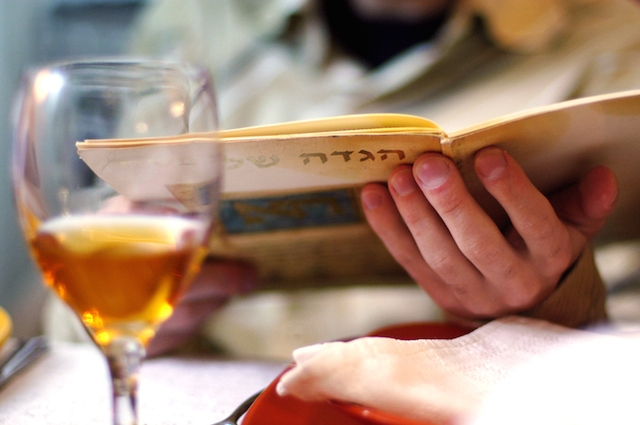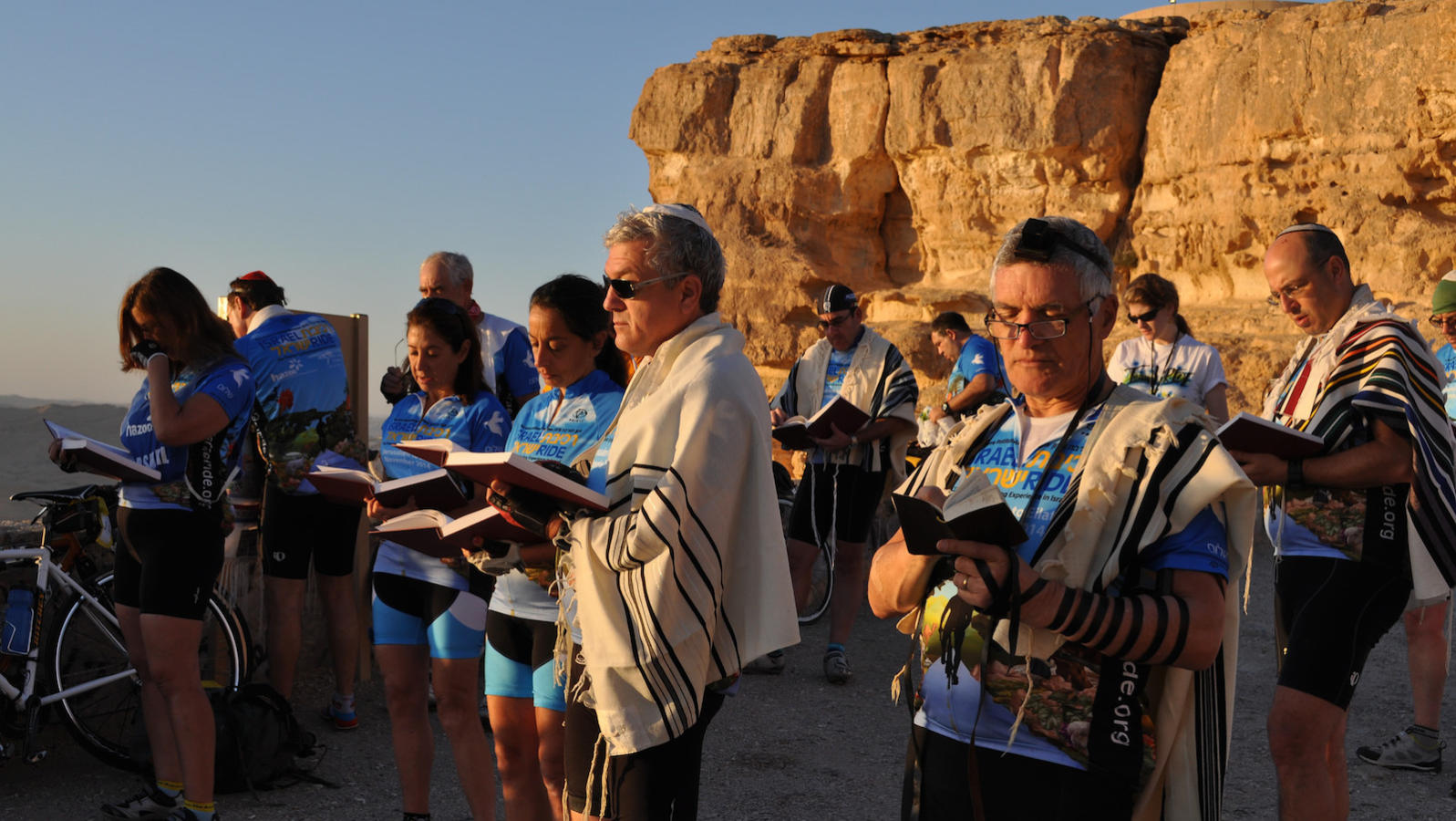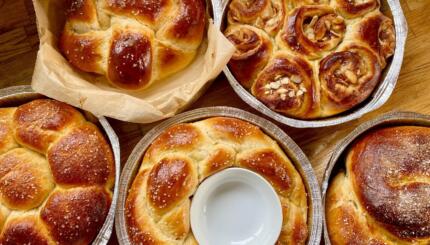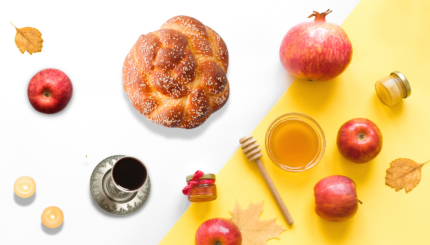Jewish liturgy is the broad category of activities that Jews do in order to invoke God. It includes reciting, chanting, or singing texts; using ritual objects and wearing ritual garments; performing choreographed physical actions and gestures; and reciting blessings. Although Jewish liturgy includes far more than just the texts that are recited, the texts themselves provide a valuable way of understanding what Jewish prayer and worship is all about.
About Jewish Liturgy
Jewish liturgy can be divided up into three main categories: prayers, blessings and rituals.
- Prayers are recited on a daily basis, and have a specific structure to them.
- Blessings are recited on certain occasions, when eating something, or when performing a commandment like lighting candles before the Sabbath.
- Rituals are particular activities, like the Passover seder or redeeming the first born child (pidyon haben).
Jewish liturgy constantly balances the interplay between using fixed texts (keva) and creating a personally meaningful, sincere interaction with God that reflects the intention (kavana) of the one who prays.
The Siddur
The siddur, or Jewish prayer book, includes the standard texts for the three daily prayer services—Shacharit, Minchah, and Ma’ariv (the morning, afternoon, and evening services, respectively) — as well as the additional services for the Sabbath and holidays.
Some siddurim (plural) also include blessings for various occasions and maybe the weekday Torah readings. The siddur has always been a very dynamic text that has grown and changed according to the needs or aesthetics of the various communities in which it was used.
Machzor
The machzor (a special prayer book for festivals, usually referring to the High Holiday prayer book) is like an incredibly expanded siddur, filled with special liturgical poetry and biblical readings appropriate to Rosh Hashanah (the Jewish New Year) and Yom Kippur (the Day of Atonement). The machzor contains some of the most memorable texts from Jewish liturgy, including the prayer Avinu Malkenu (Our Father, Our King), Kol Nidrei (the annulment of vows preceding Yom Kippur), and the confession of sins arranged as alphabetical acrostics (Ashamnu and Al Het).

Haggadah
The Haggadah is the text that is used during the Passover seder (ritual meal held on the first night of Passover in Israel and most Diaspora liberal communities, and on the first two nights among traditionalist Diaspora Jews). The Haggadah includes the choreography and text for a ritual retelling of the story of the Exodus of the Jews from Egypt.
Although there is a traditional text for the Haggadah, new versions come out every year, some of which have new commentaries and new art, and some of which present variations on the traditional text. Some seder hosts create their own Haggadot (plural).
Personal Prayers
Although Judaism wants people to engage God regularly through structured prayer services, it is likely that a majority of the most sincere and intense prayers have been expressed spontaneously by individuals. Occasionally, those personal prayers have been recorded for other individuals. Personal prayers, from the Bible and rabbinic literature to prayers written by women in the Middle Ages (techinot) and the prayers of Hasidic rabbis, can be remarkably moving, both in how they reflect the particular concerns of the individual and in how they capture and express universal needs and desires.
Haggadah
Pronounced: huh-GAH-duh or hah-gah-DAH, Origin: Hebrew, literally “telling” or “recounting.” A Haggadah is a book that is used to tell the story of the Exodus at the Passover seder. There are many versions available ranging from very traditional to nontraditional, and you can also make your own.
Hasidic
Pronounced: khah-SID-ik, Origin: Hebrew, a stream within ultra-Orthodox Judaism that grew out of an 18th-century mystical revival movement.
seder
Pronounced: SAY-der, Origin: Hebrew, literally “order”; usually used to describe the ceremonial meal and telling of the Passover story on the first two nights of Passover. (In Israel, Jews have a seder only on the first night of Passover.)
siddur
Pronounced: SIDD-ur or seeDORE, Origin: Hebrew, prayerbook.
Torah
Pronunced: TORE-uh, Origin: Hebrew, the Five Books of Moses.



